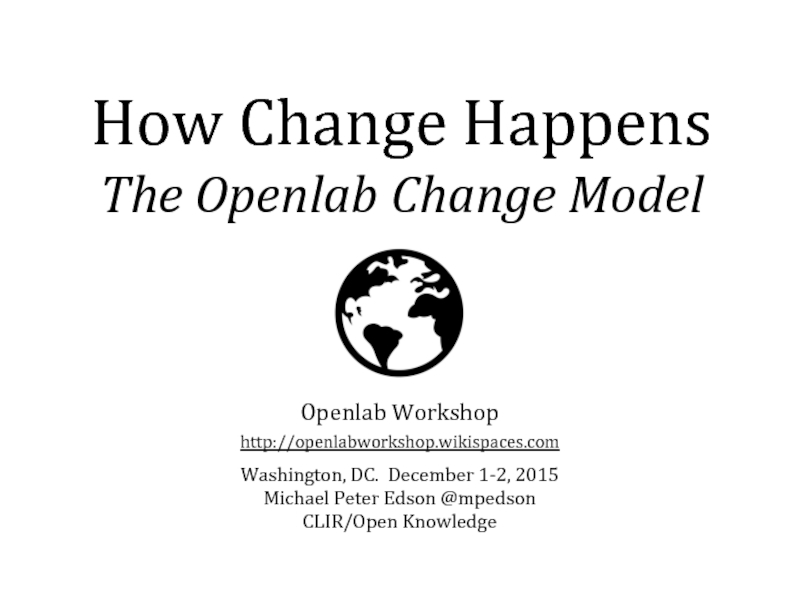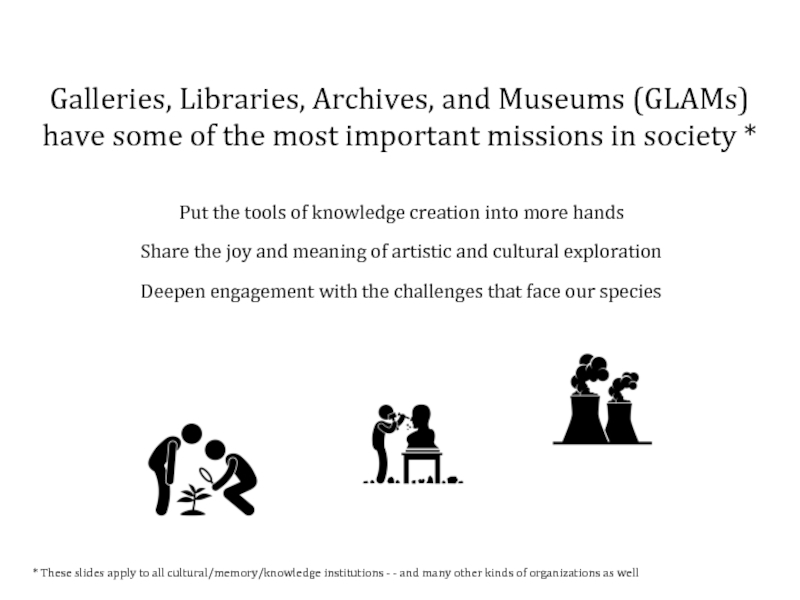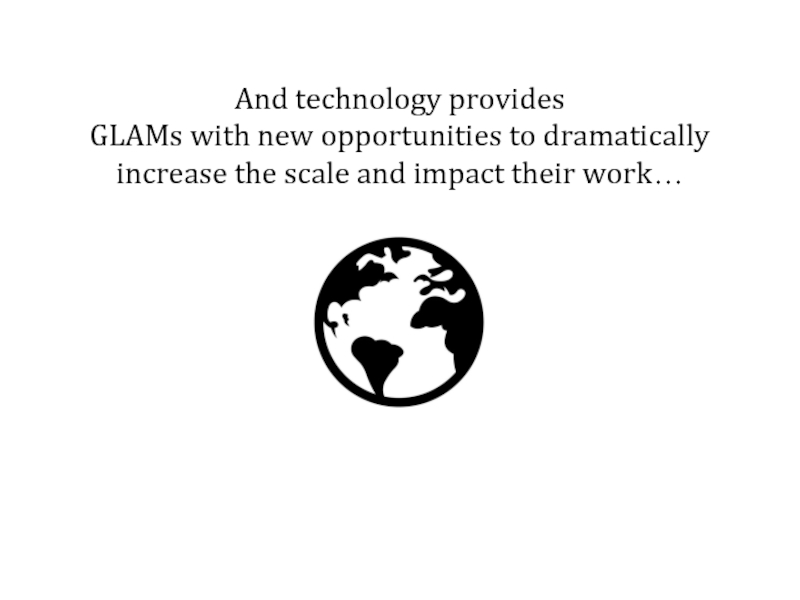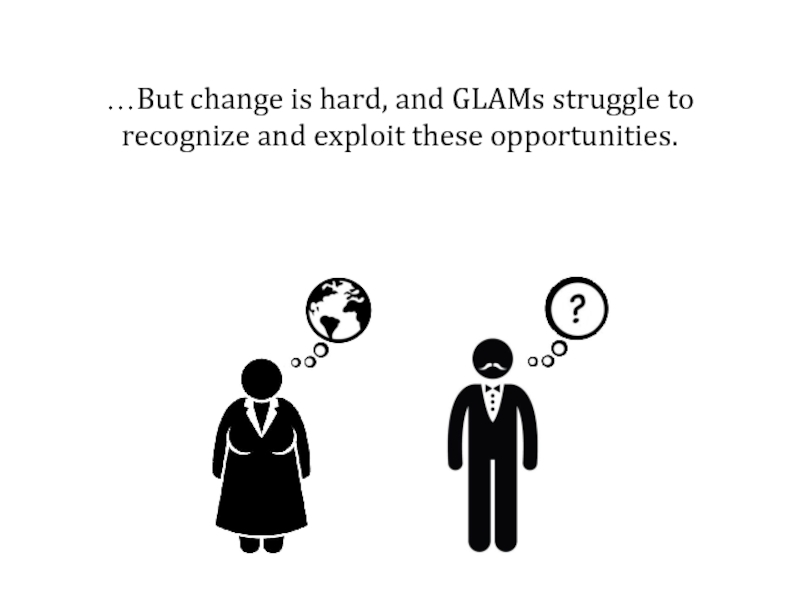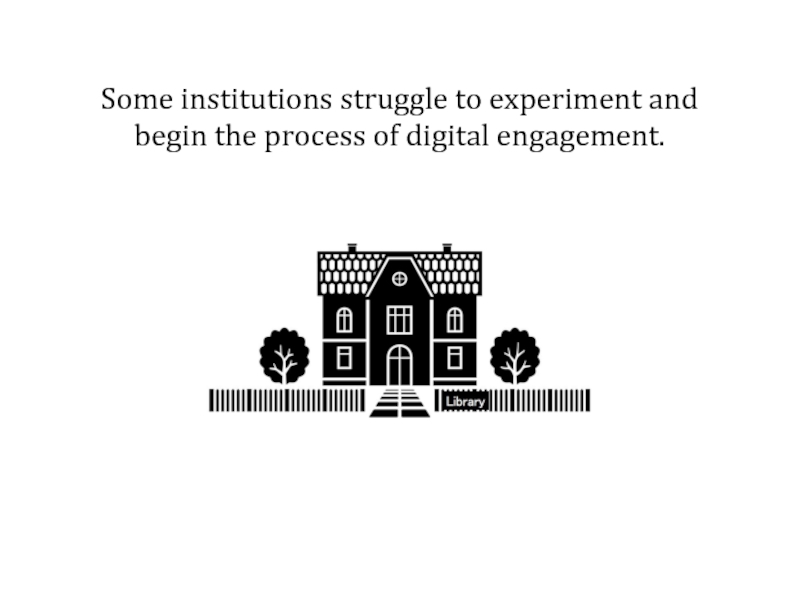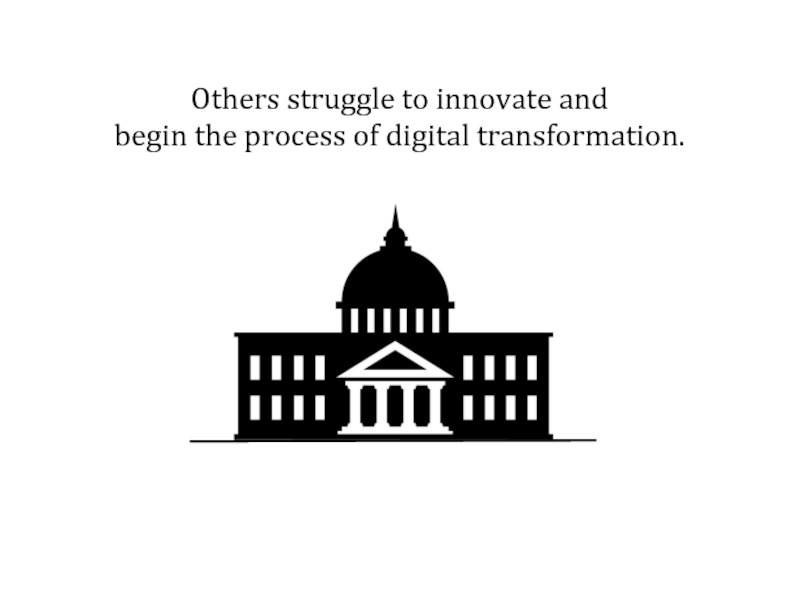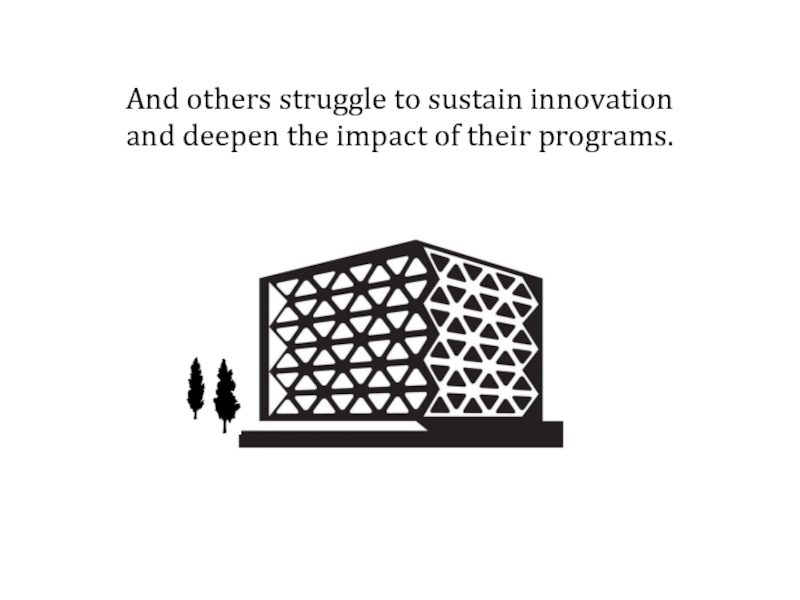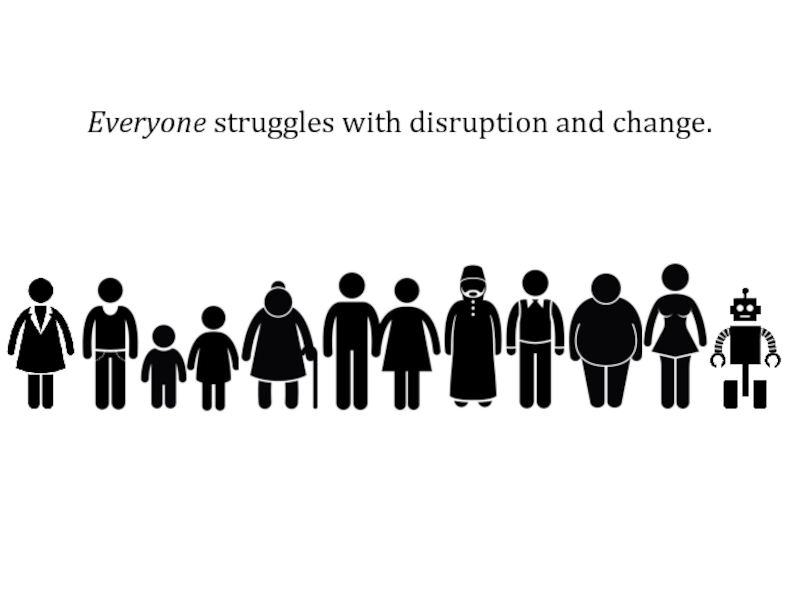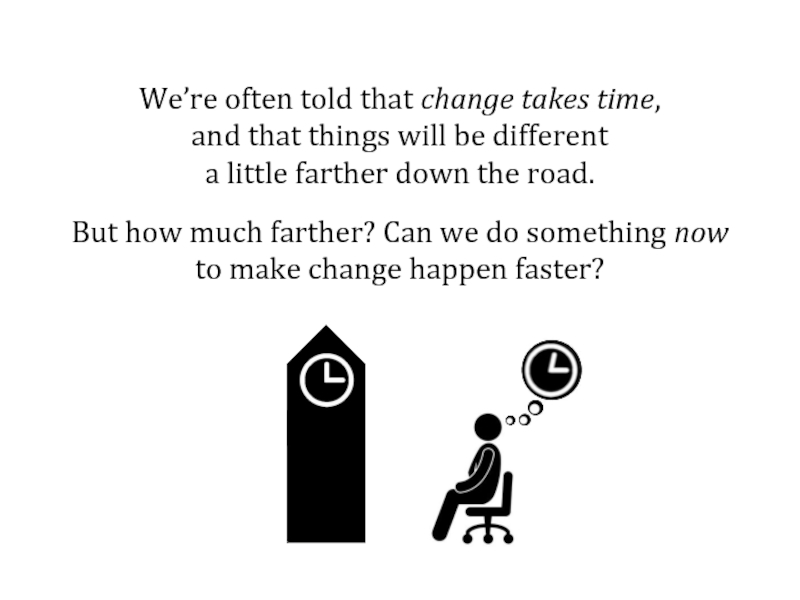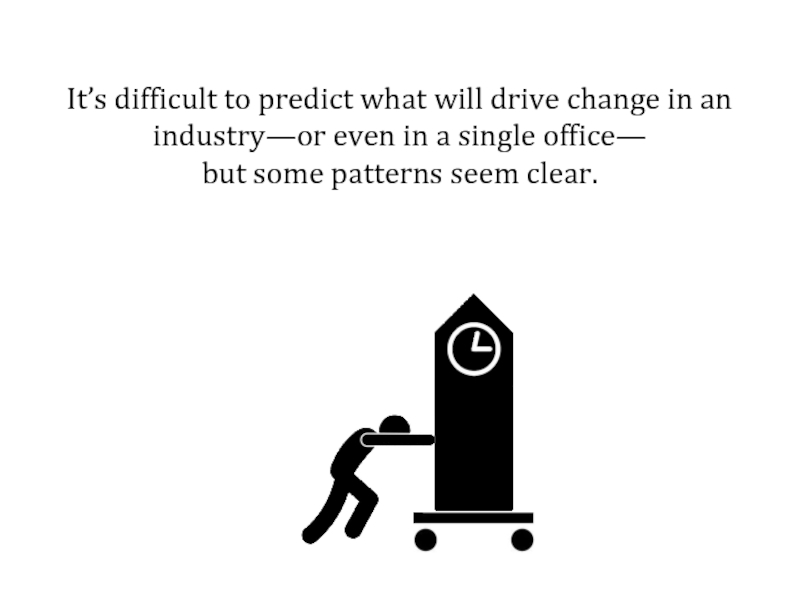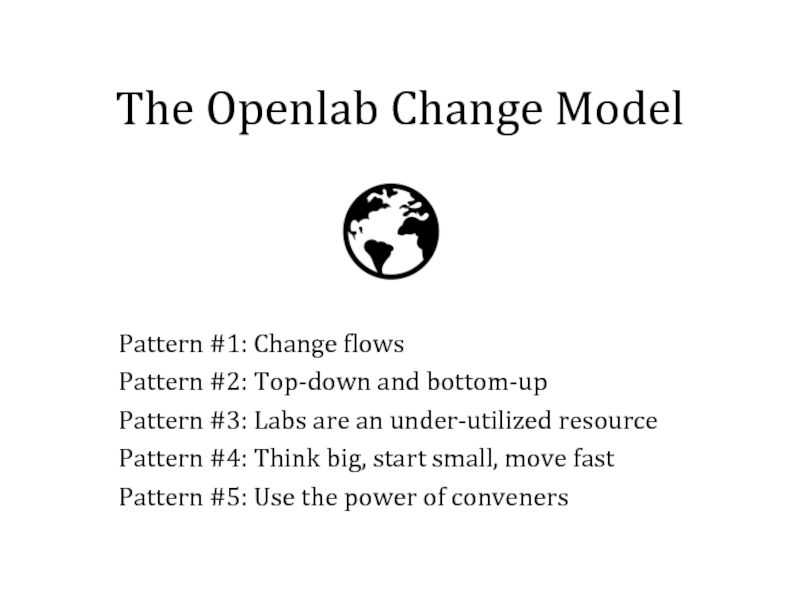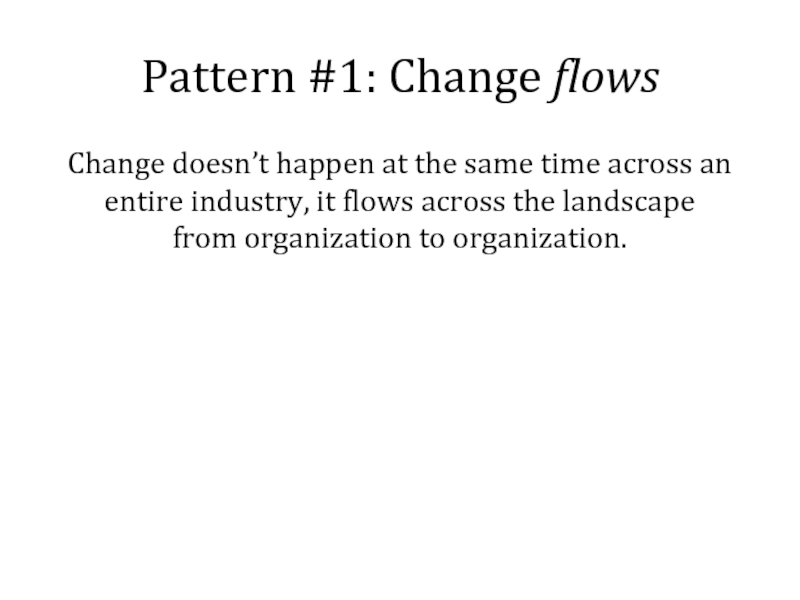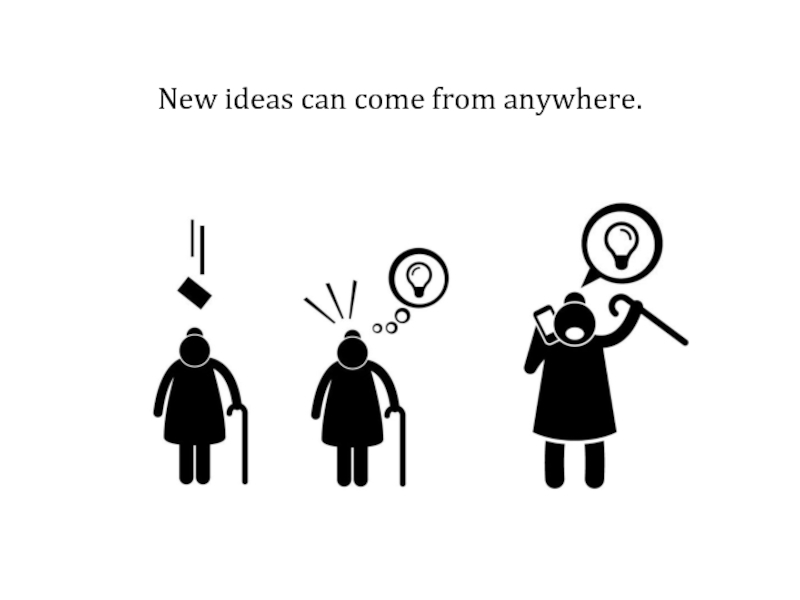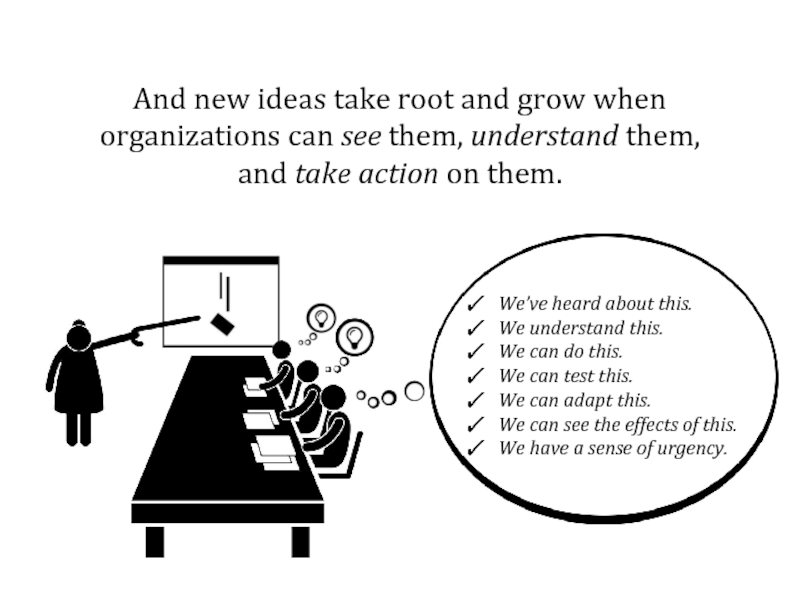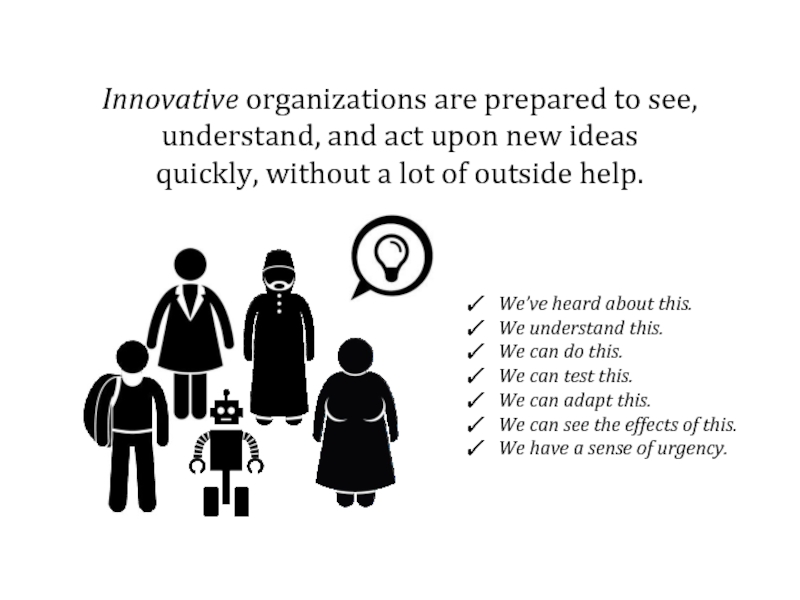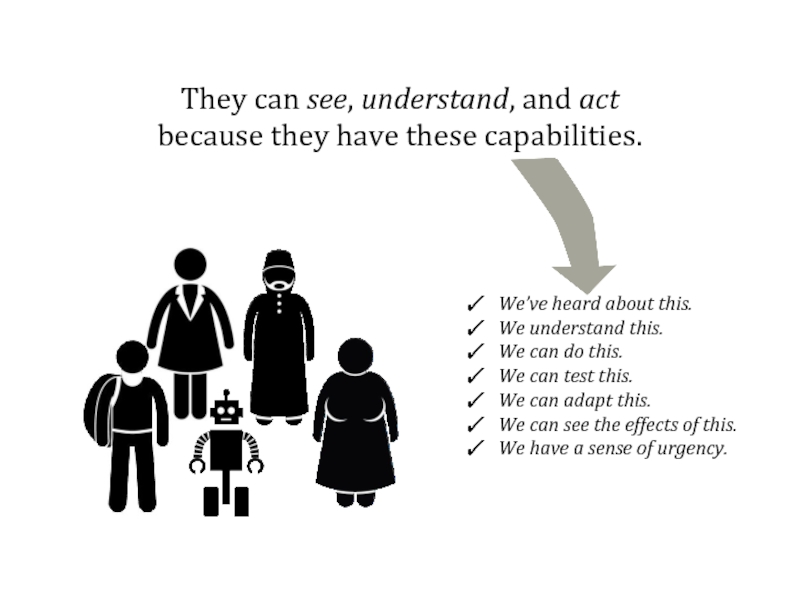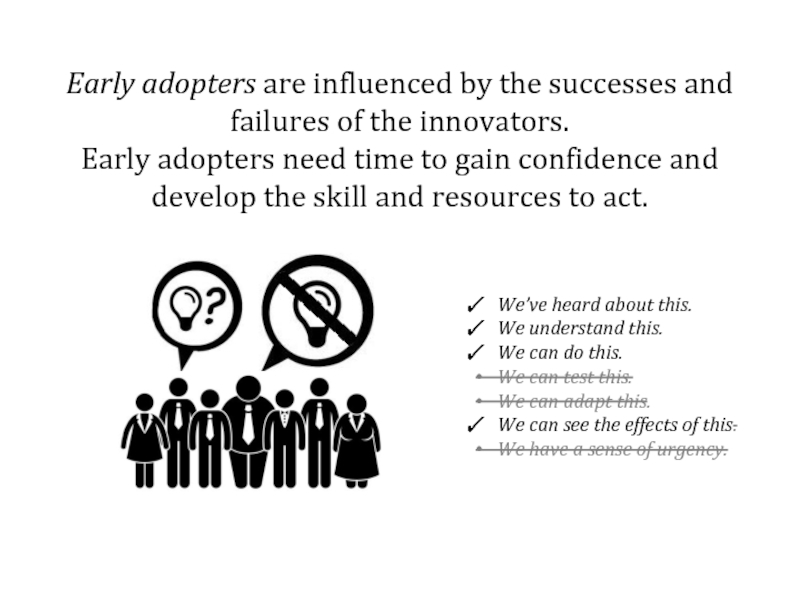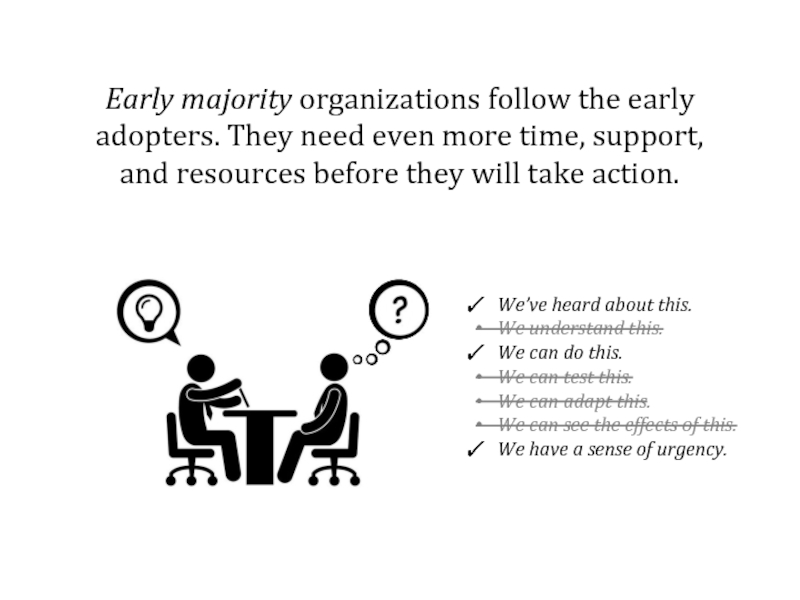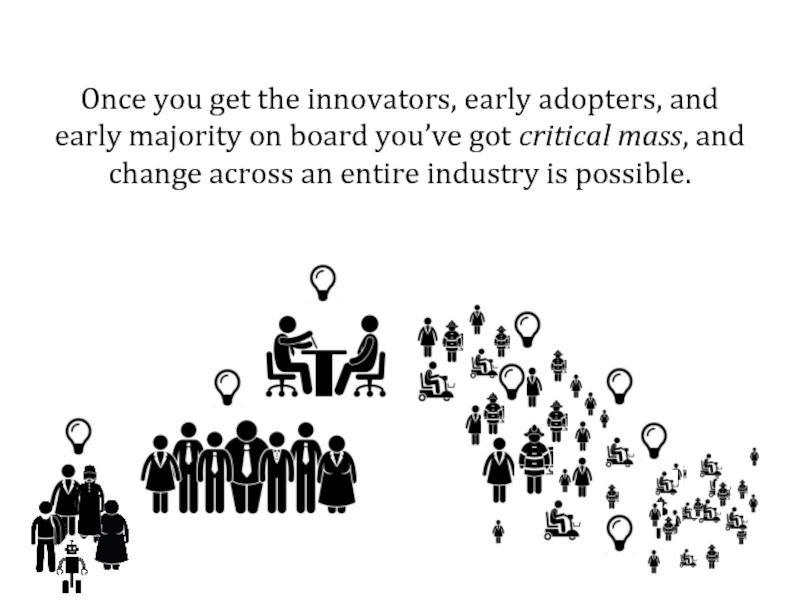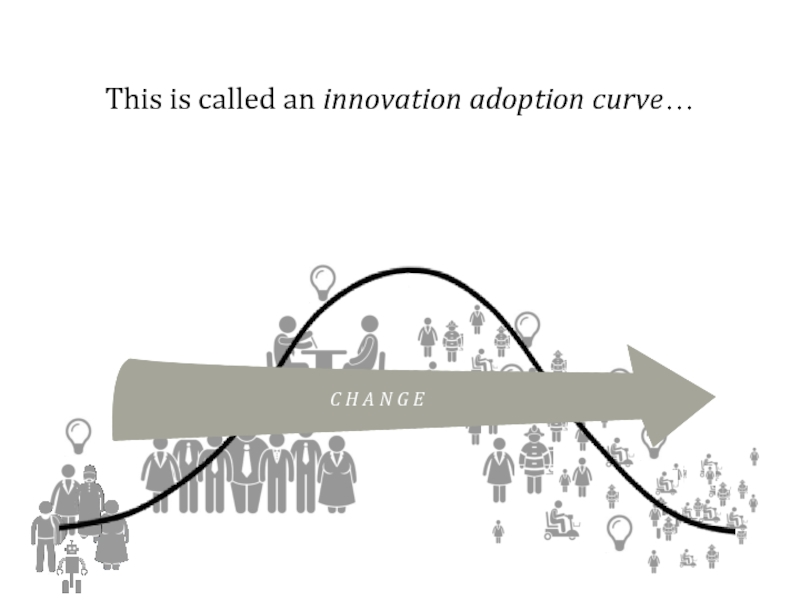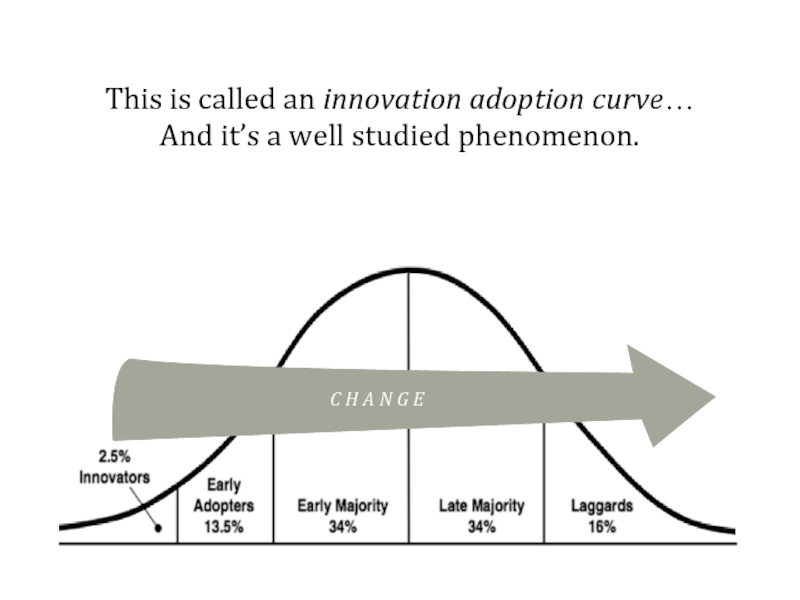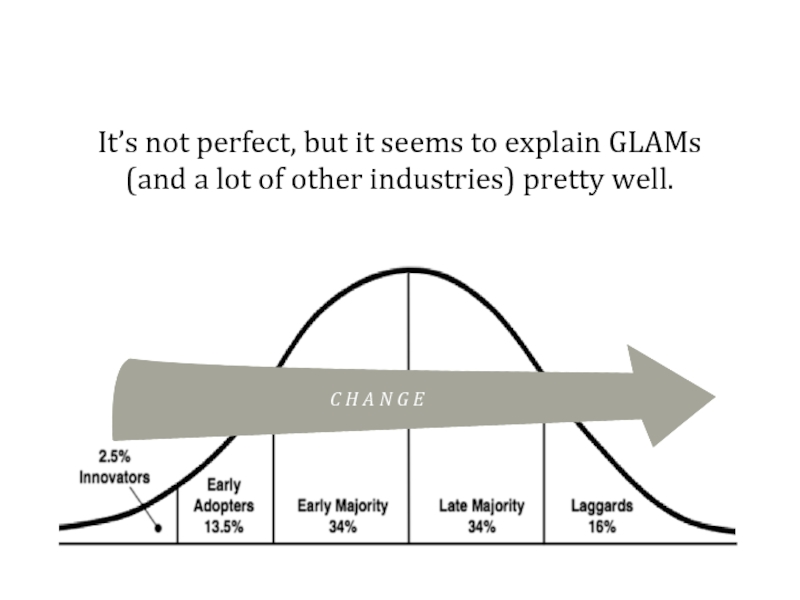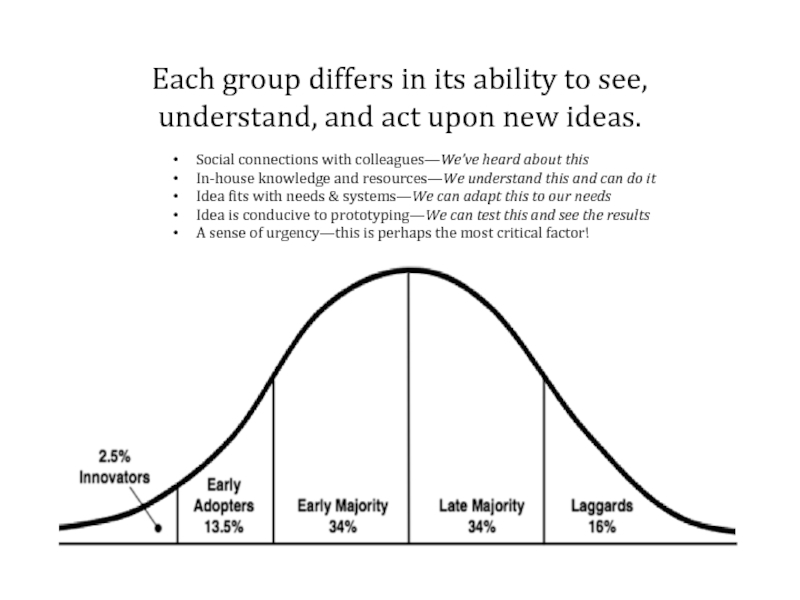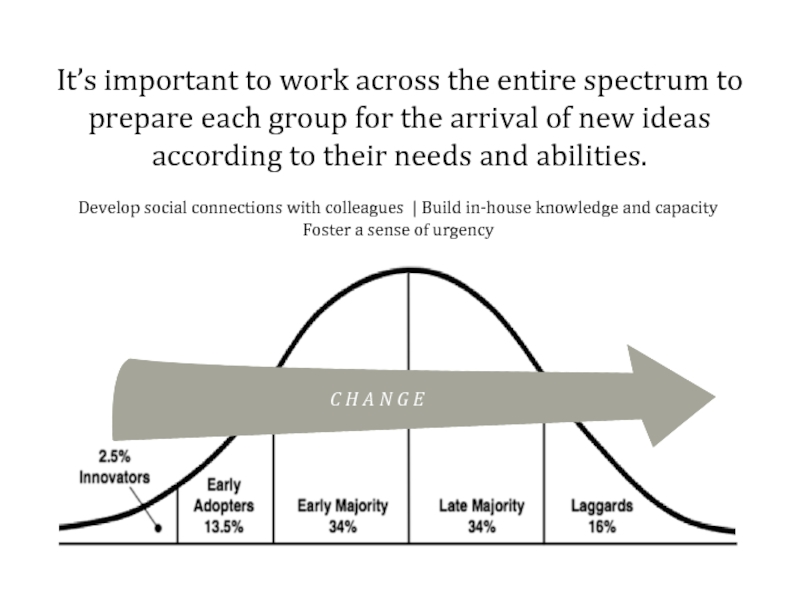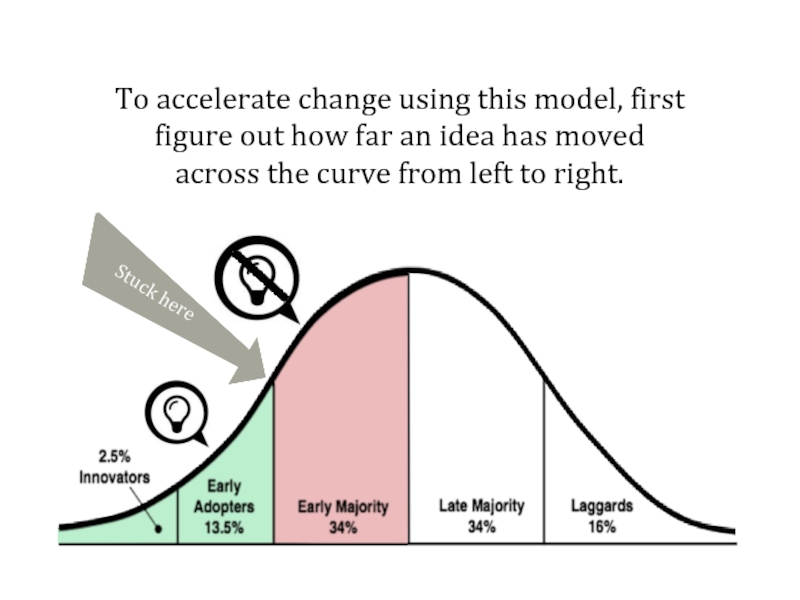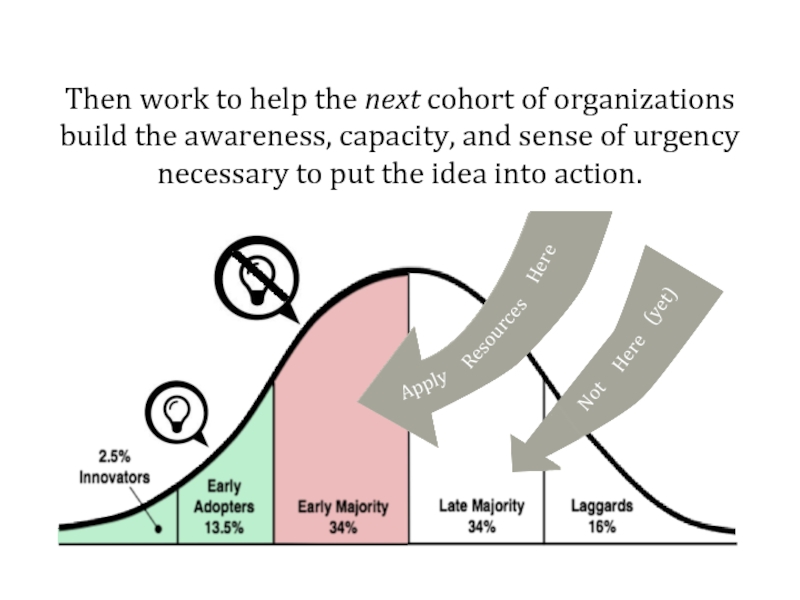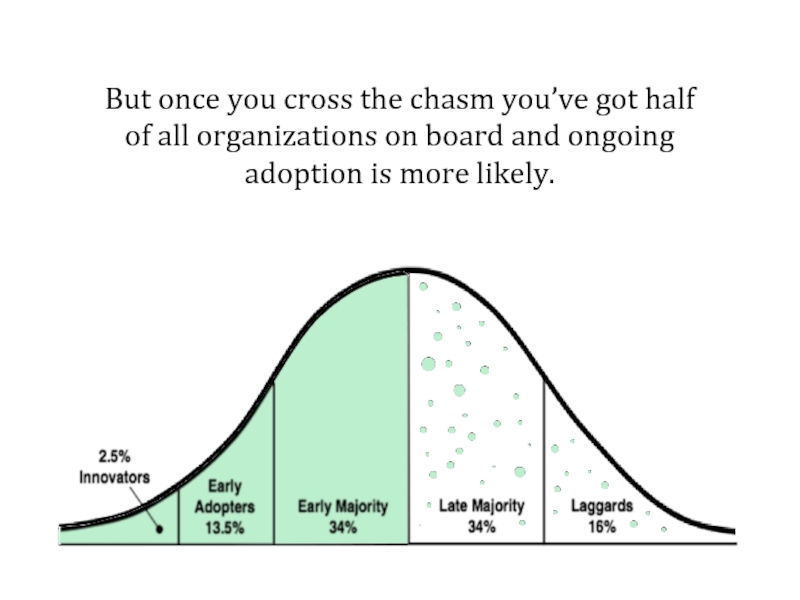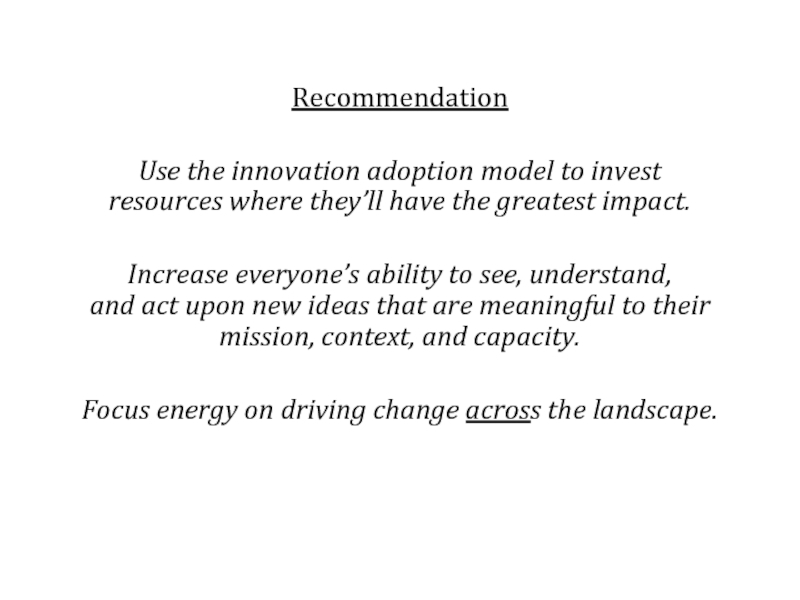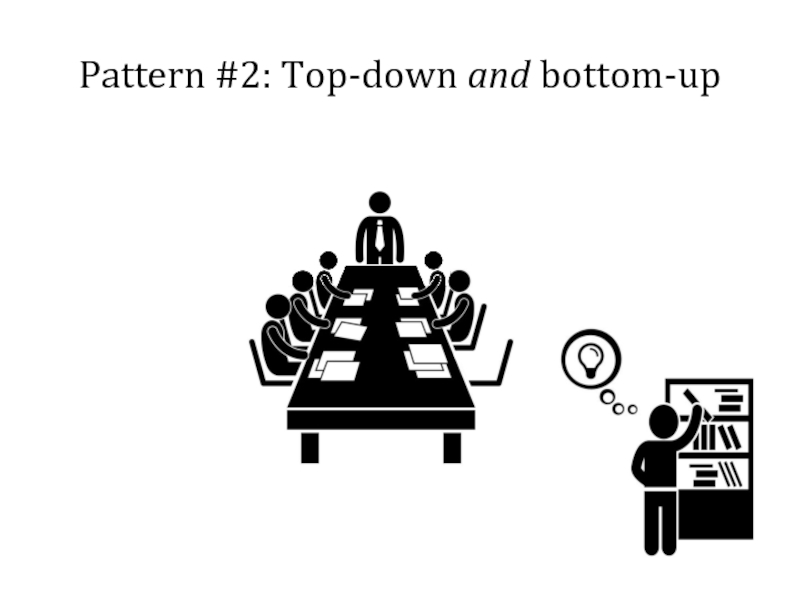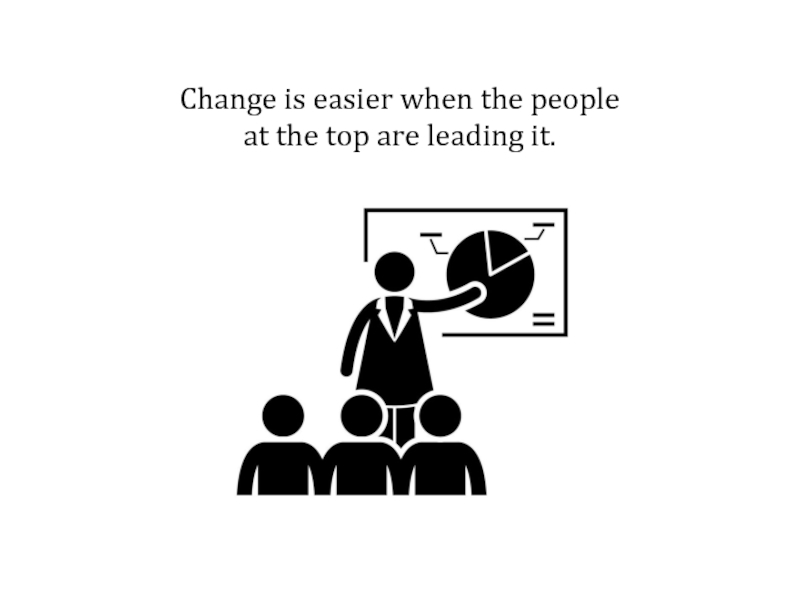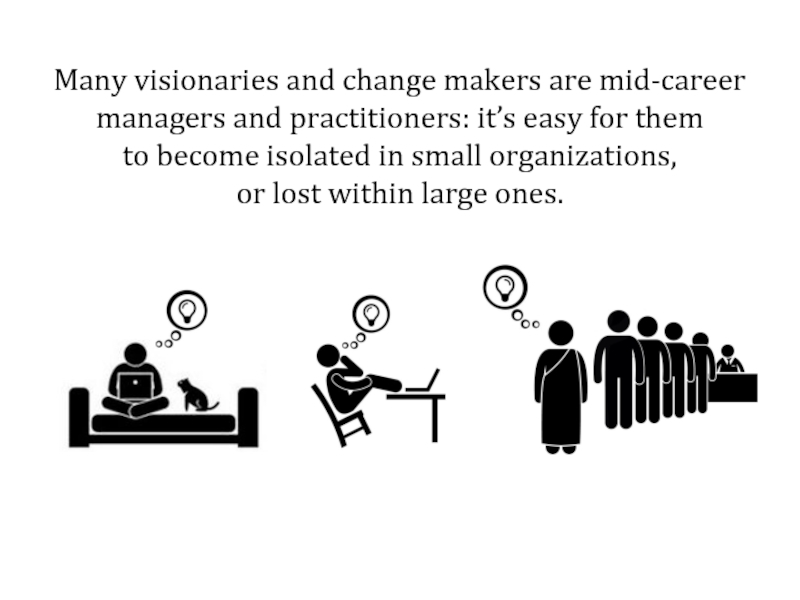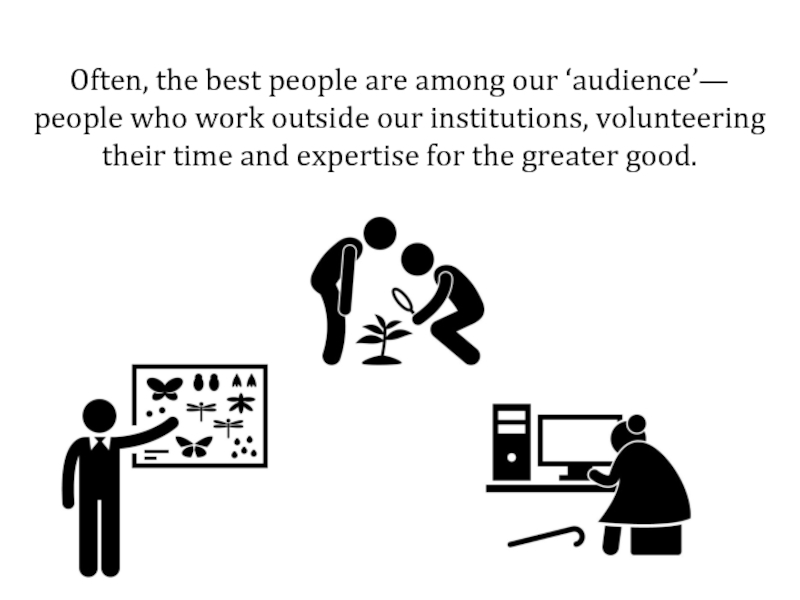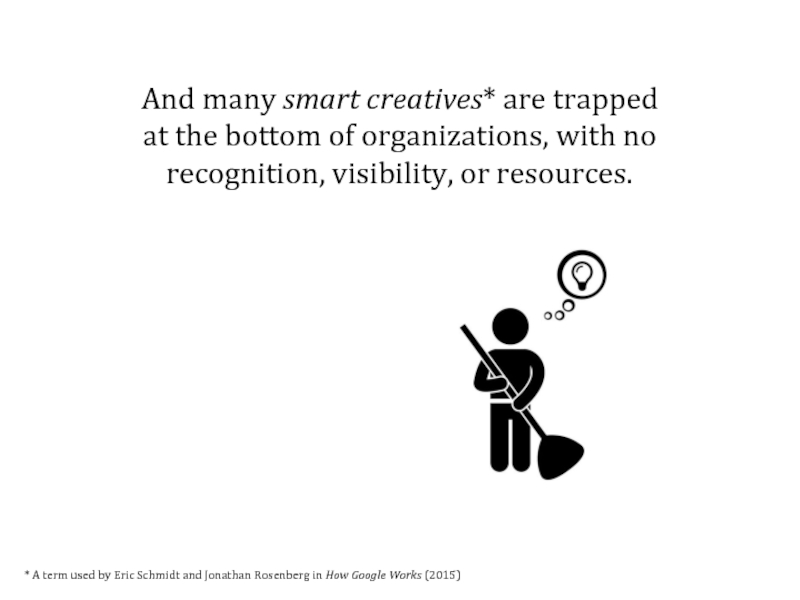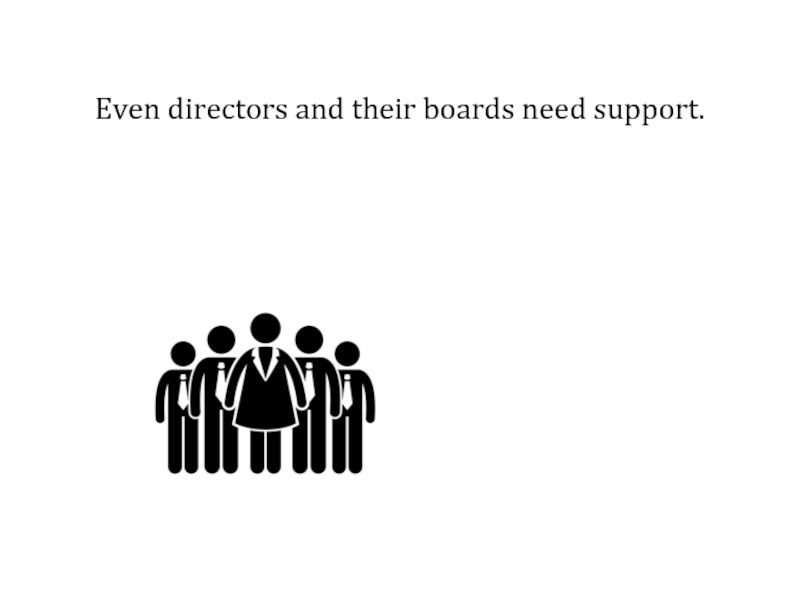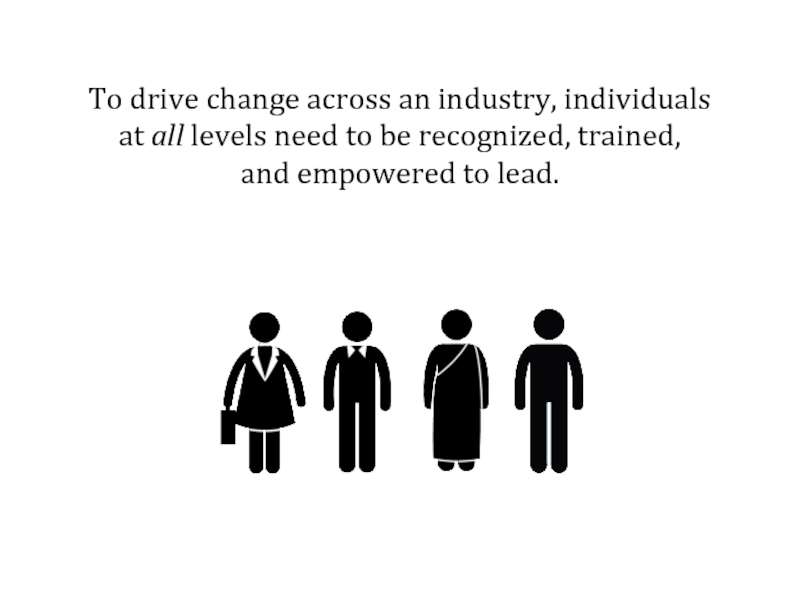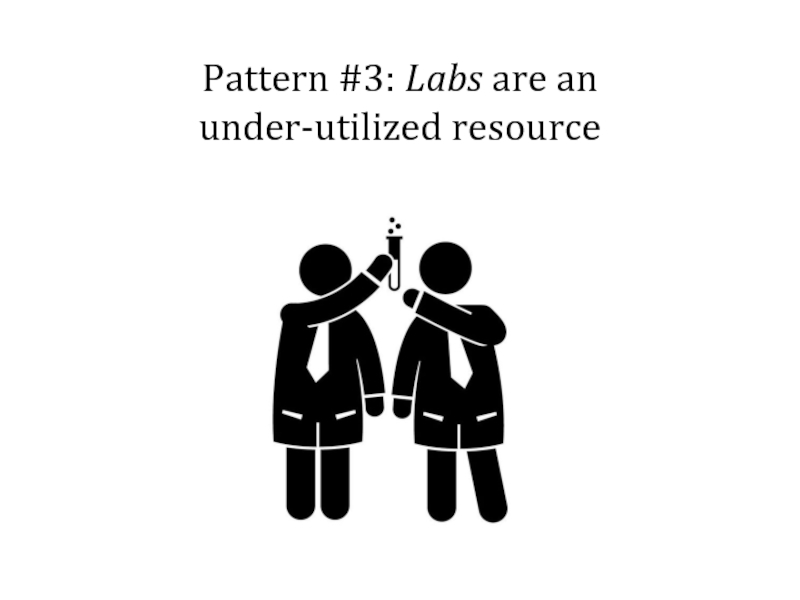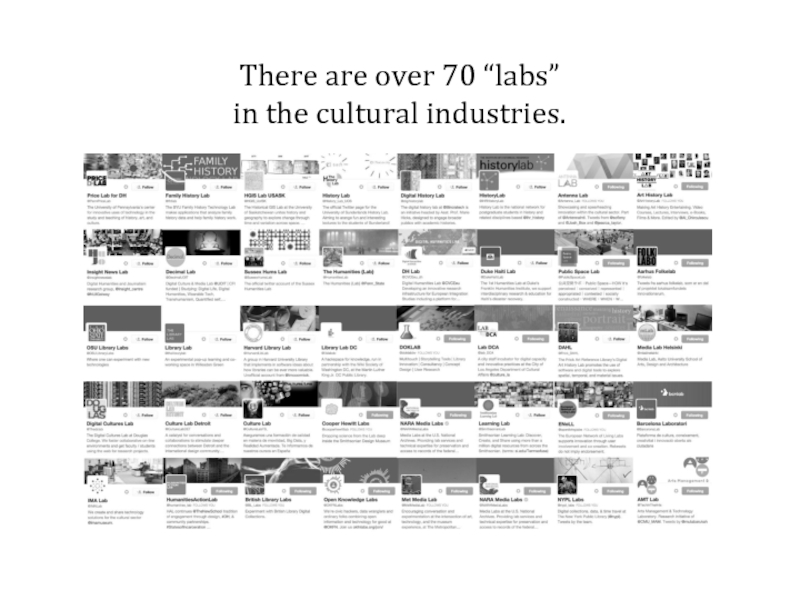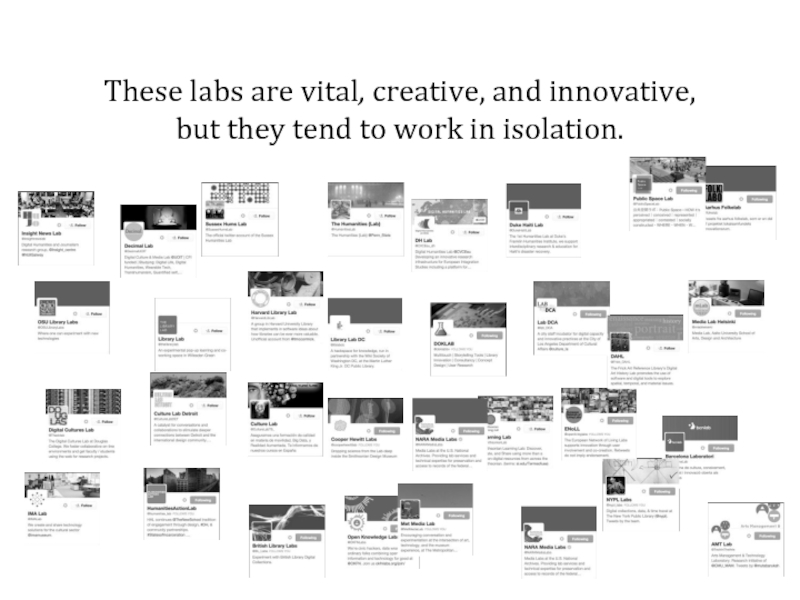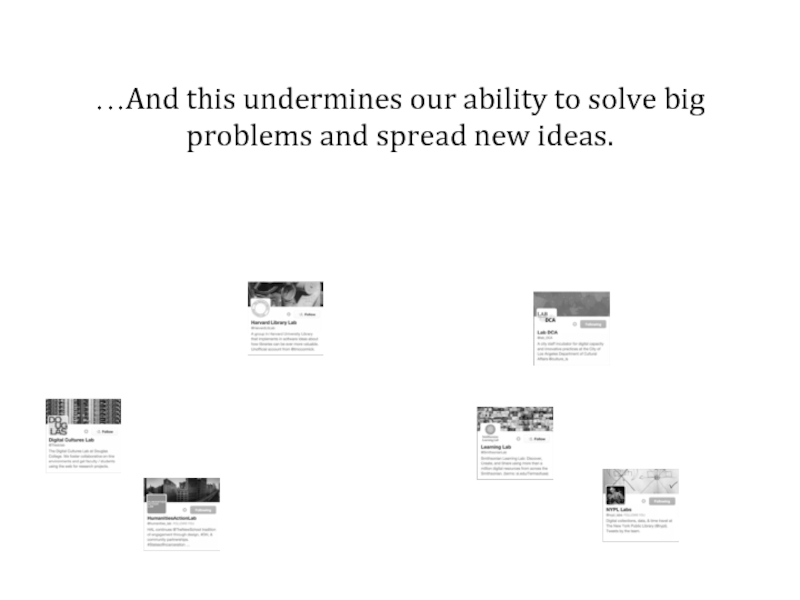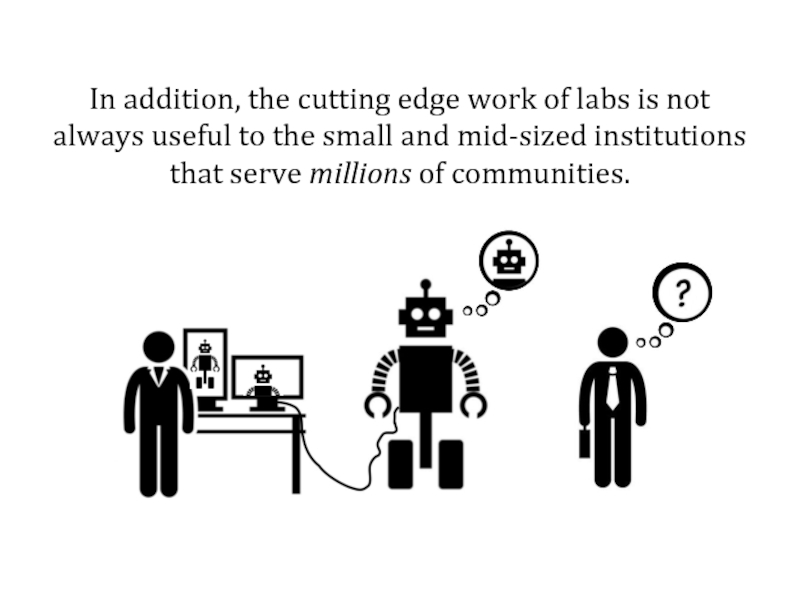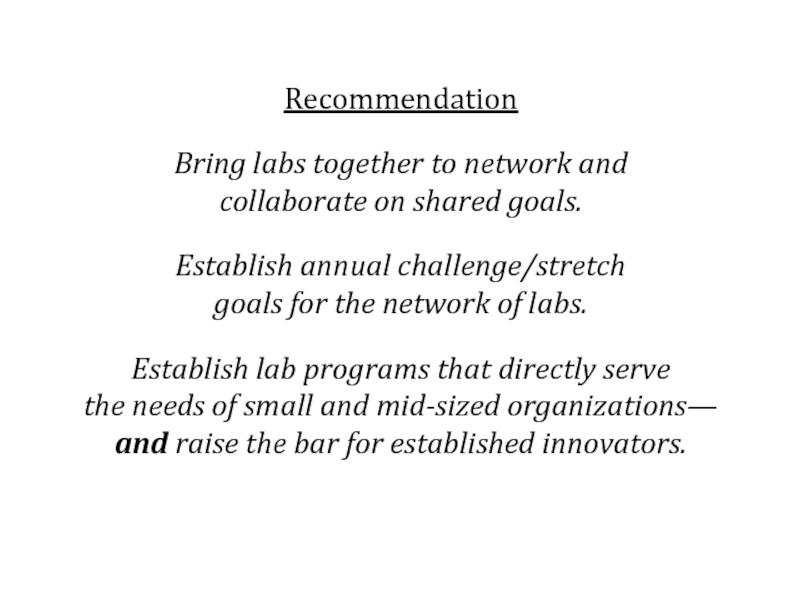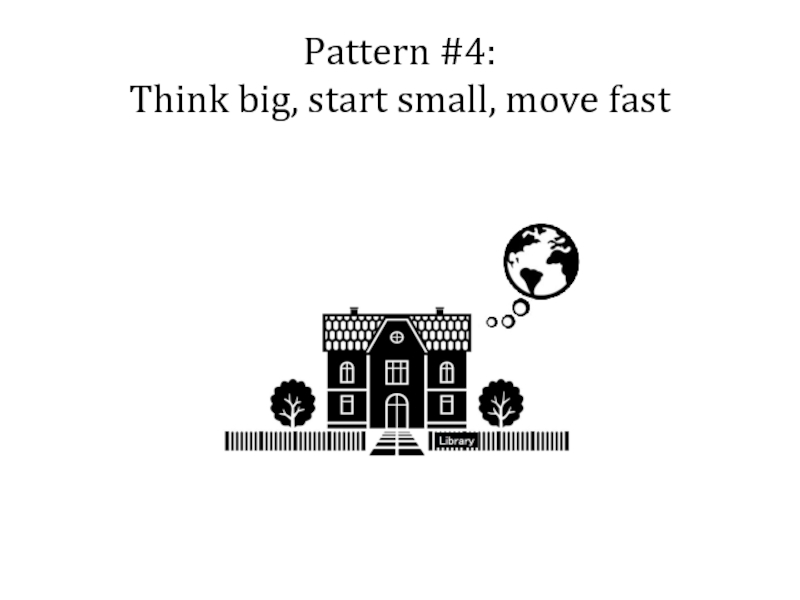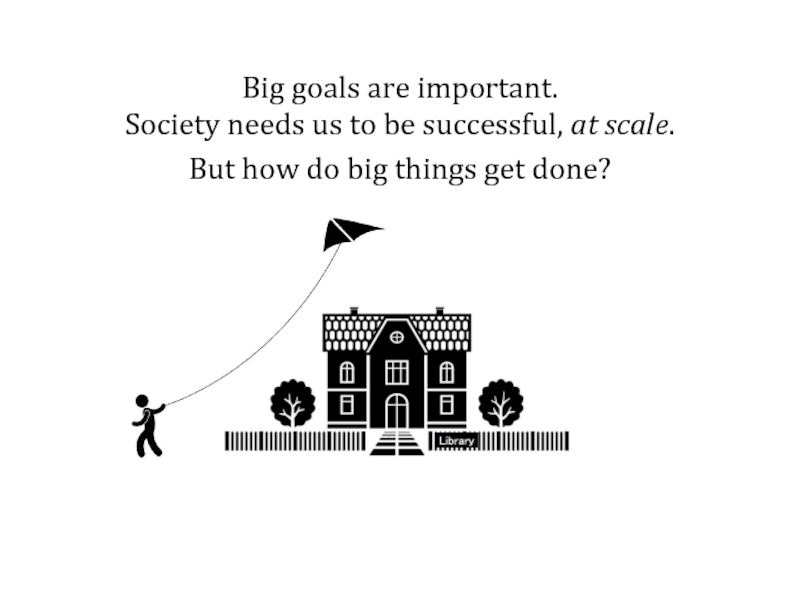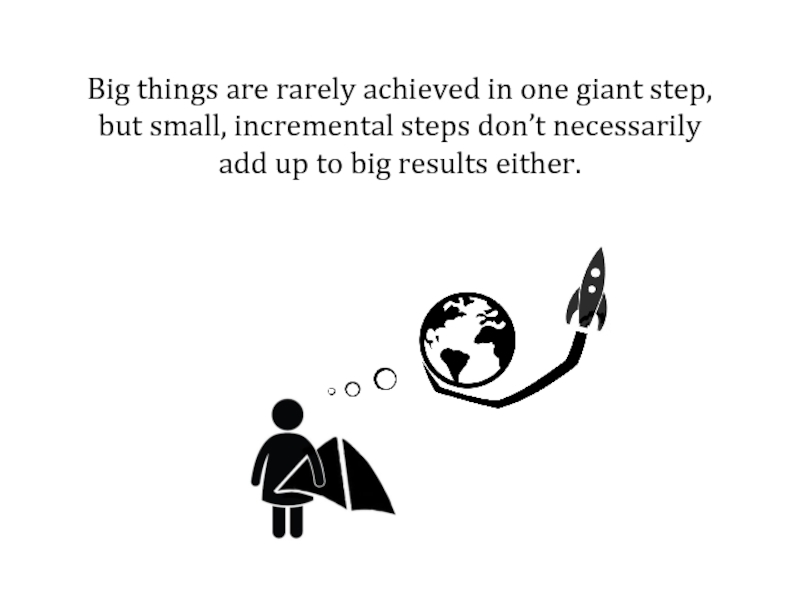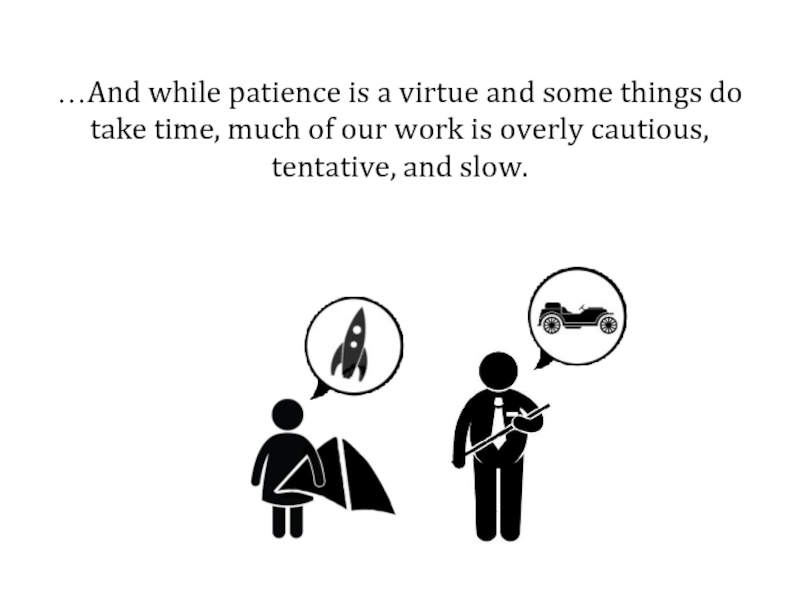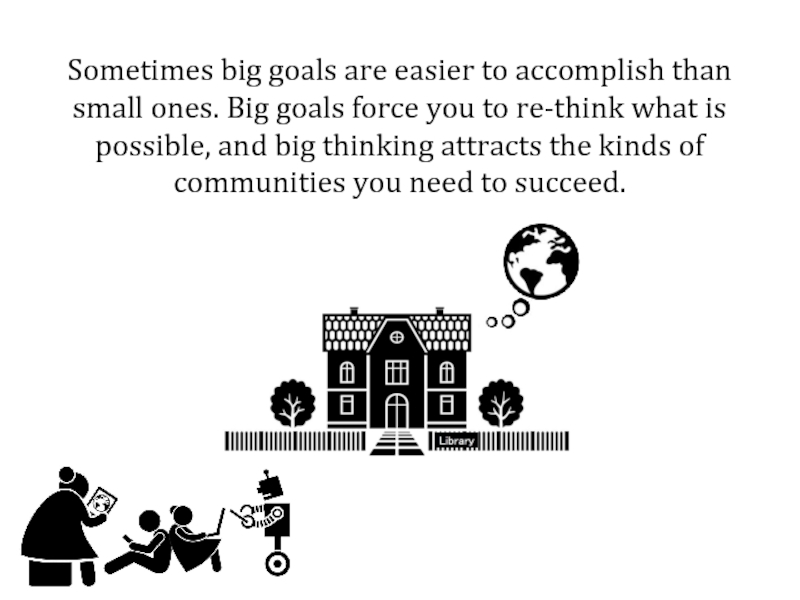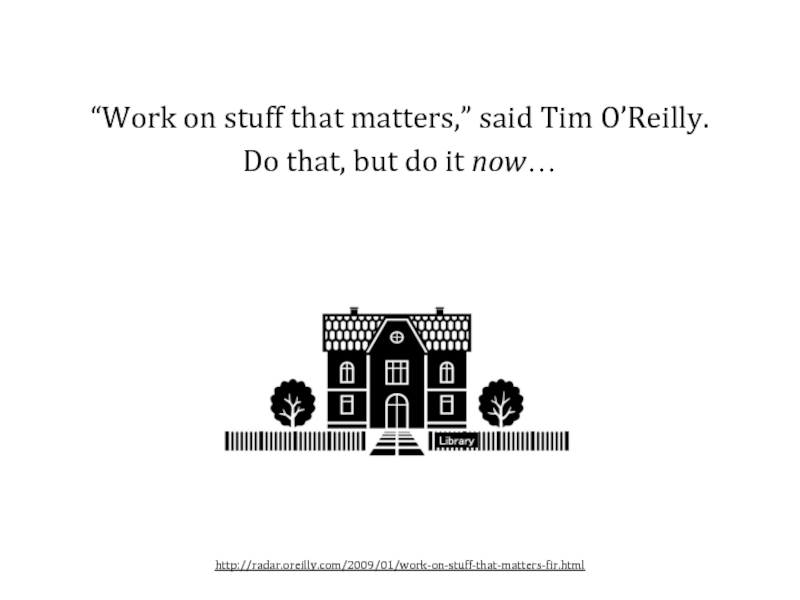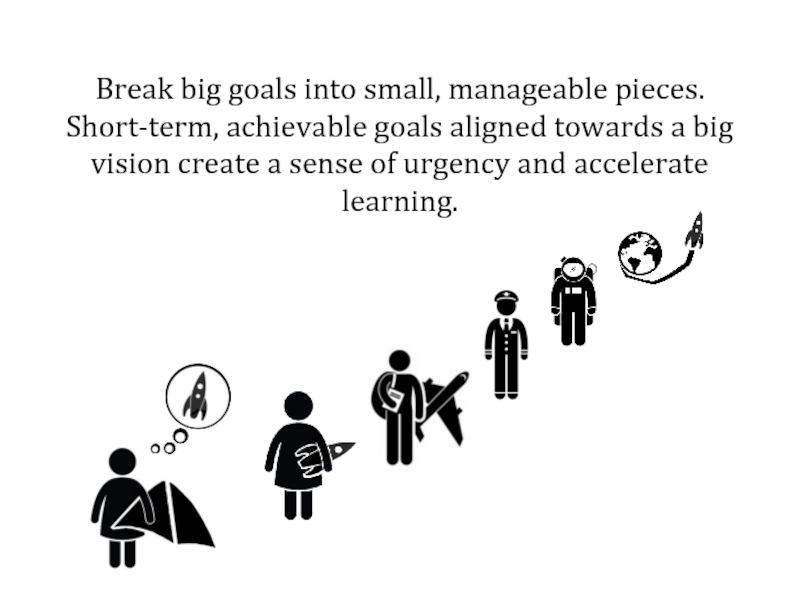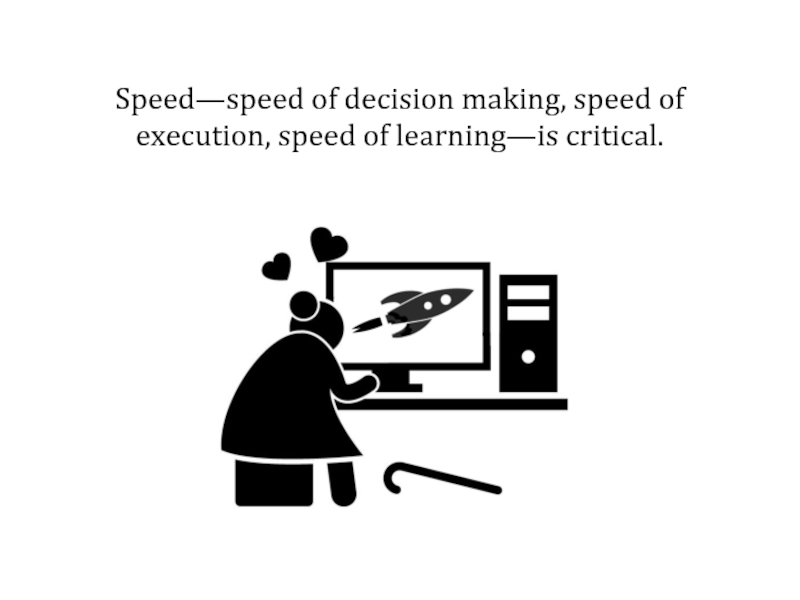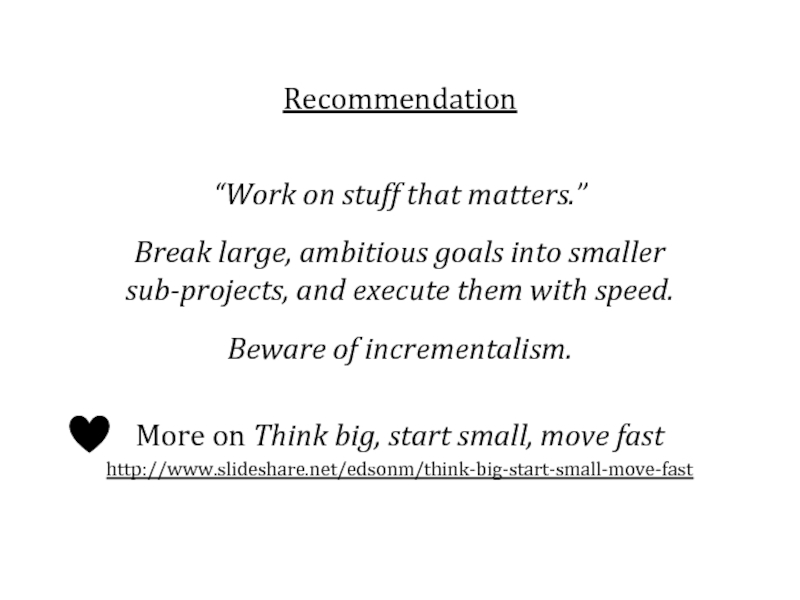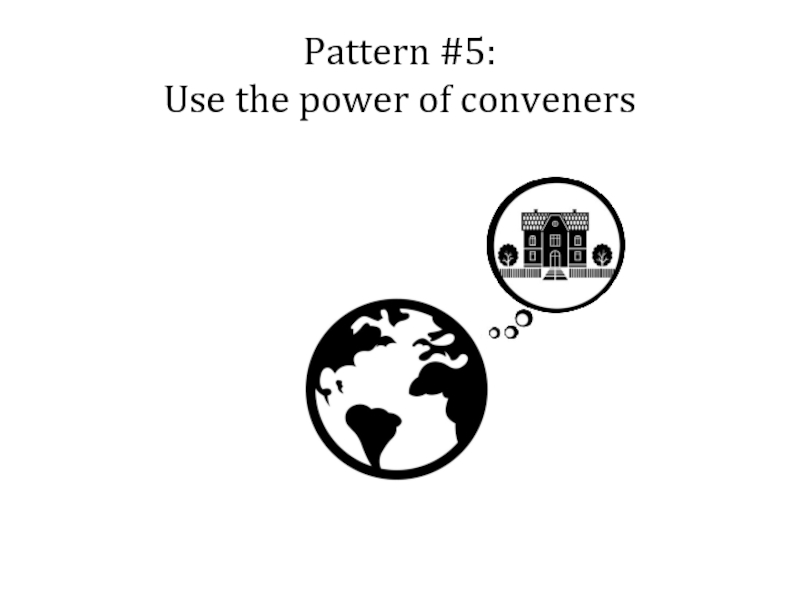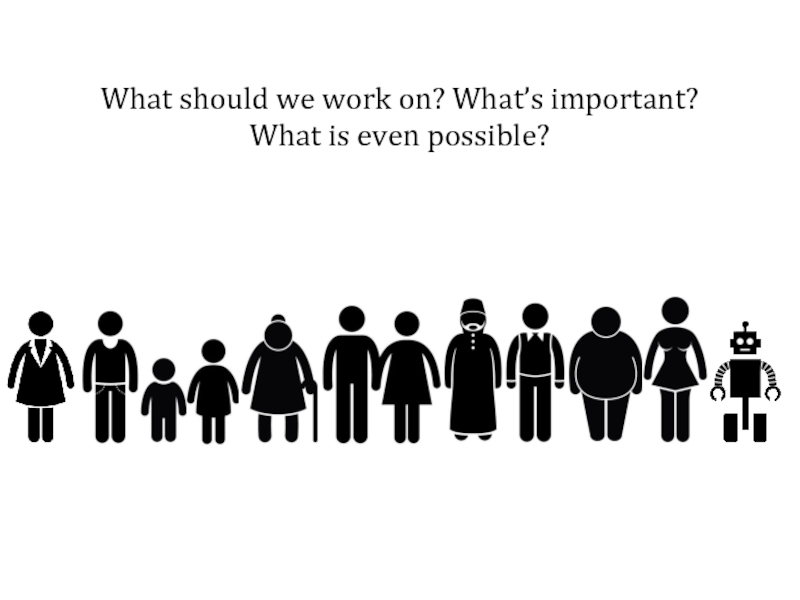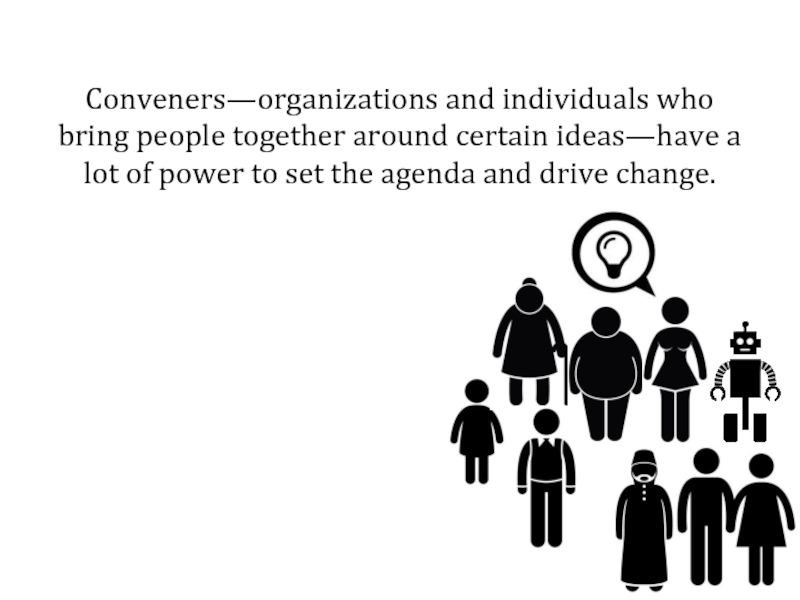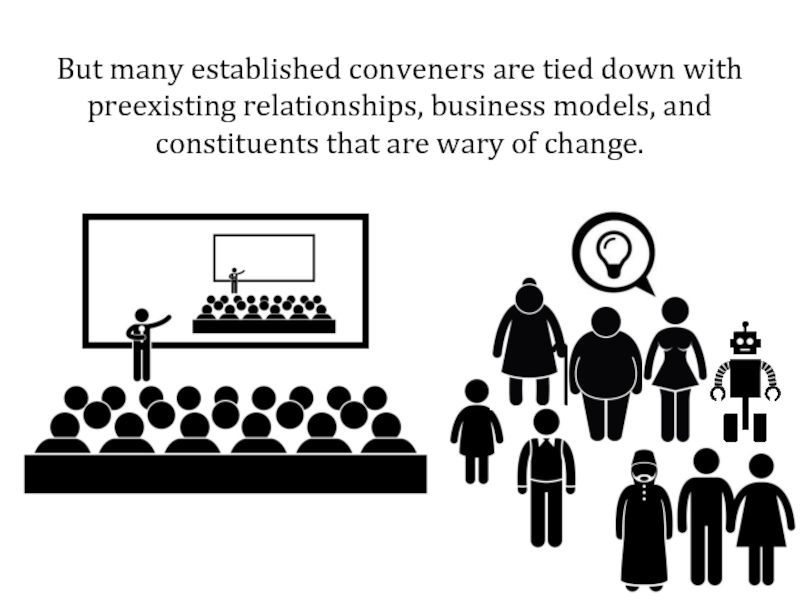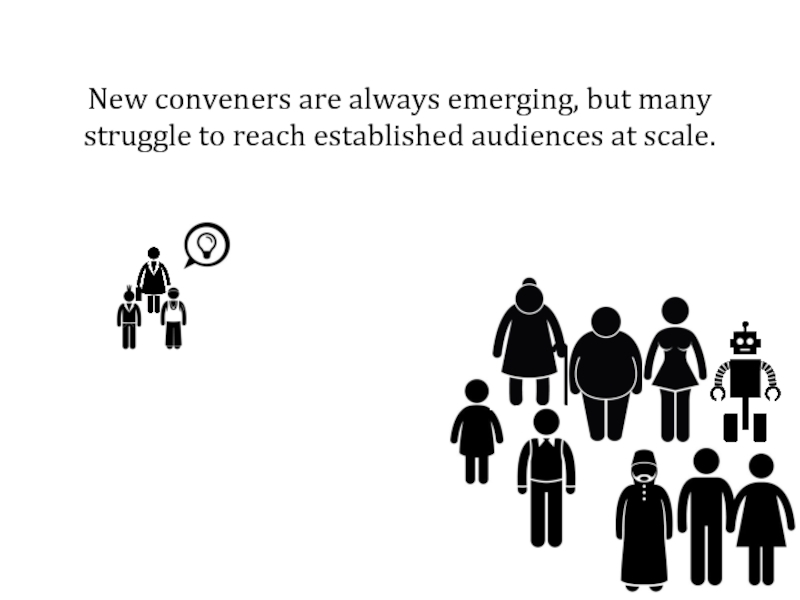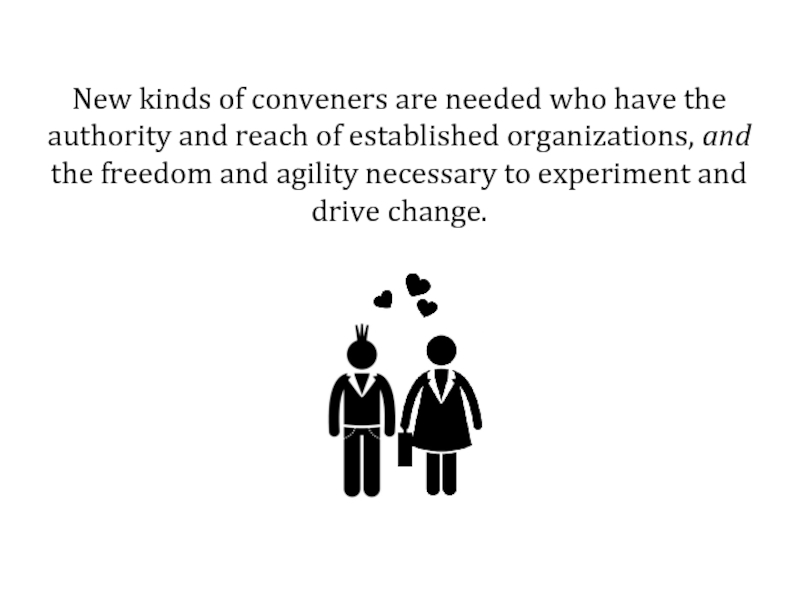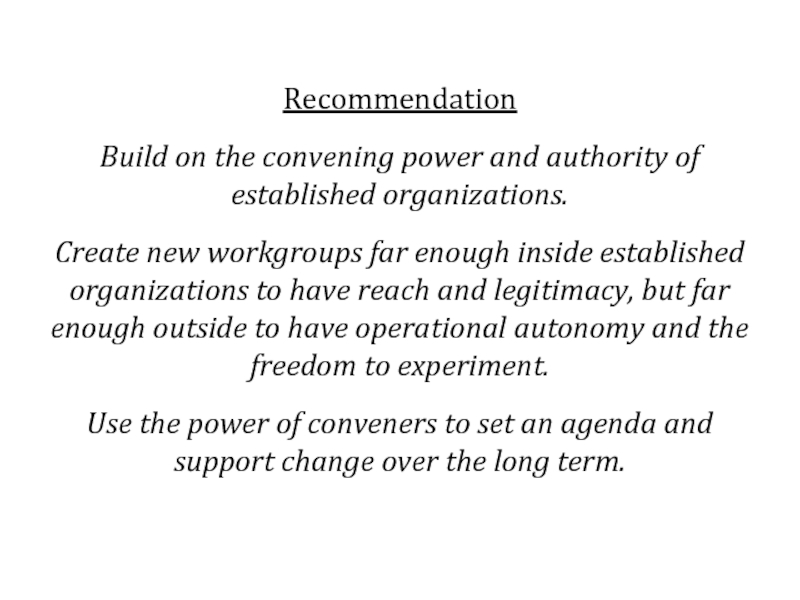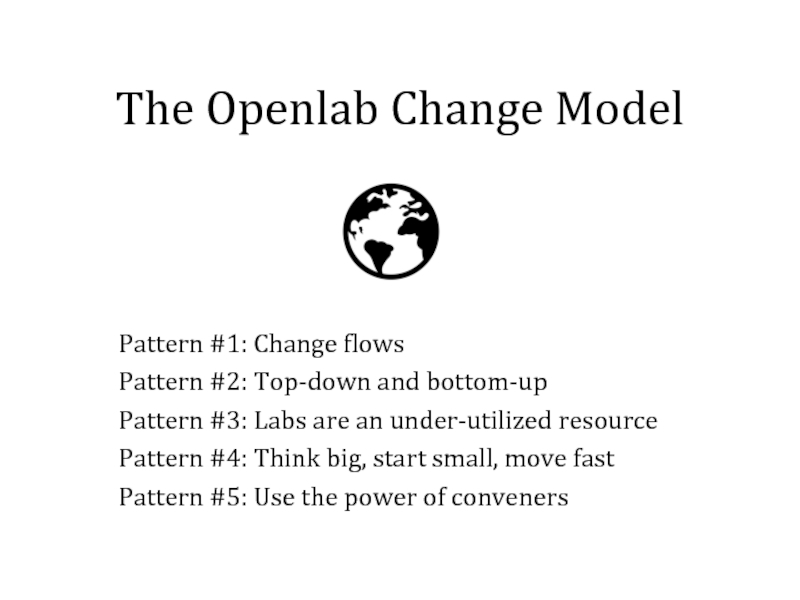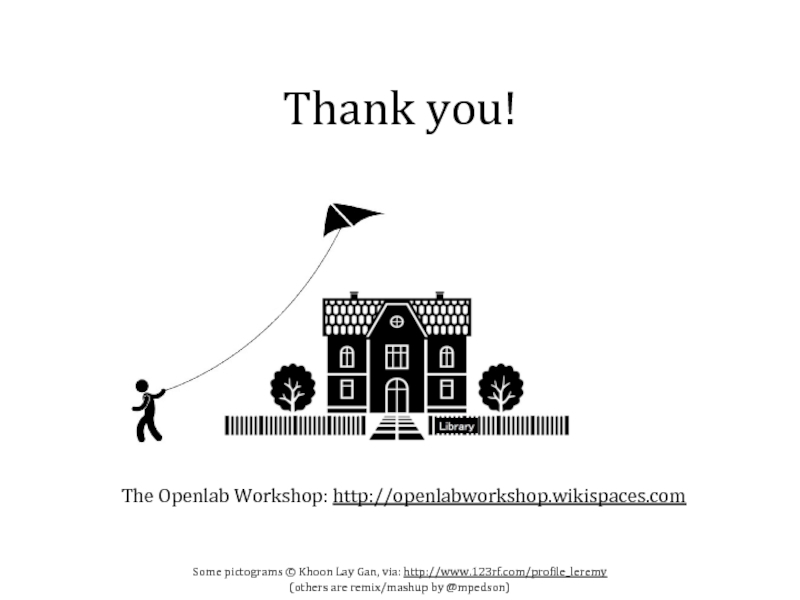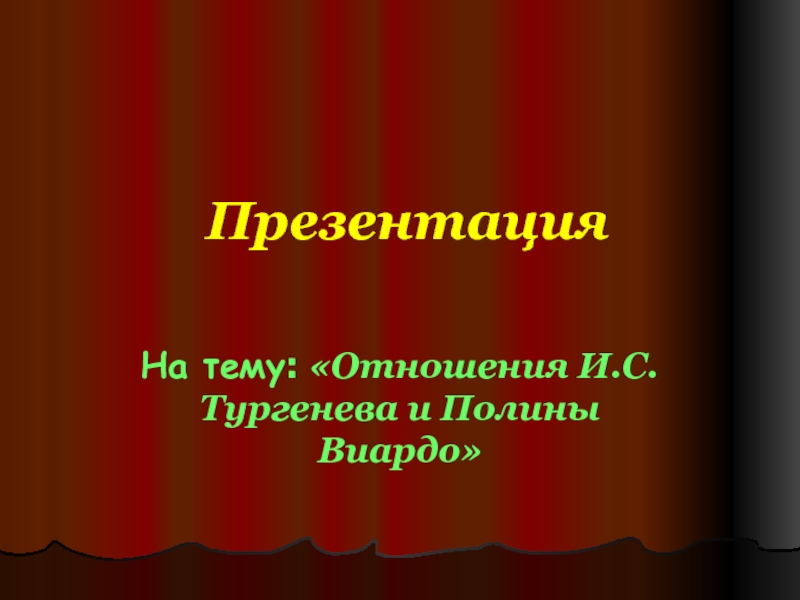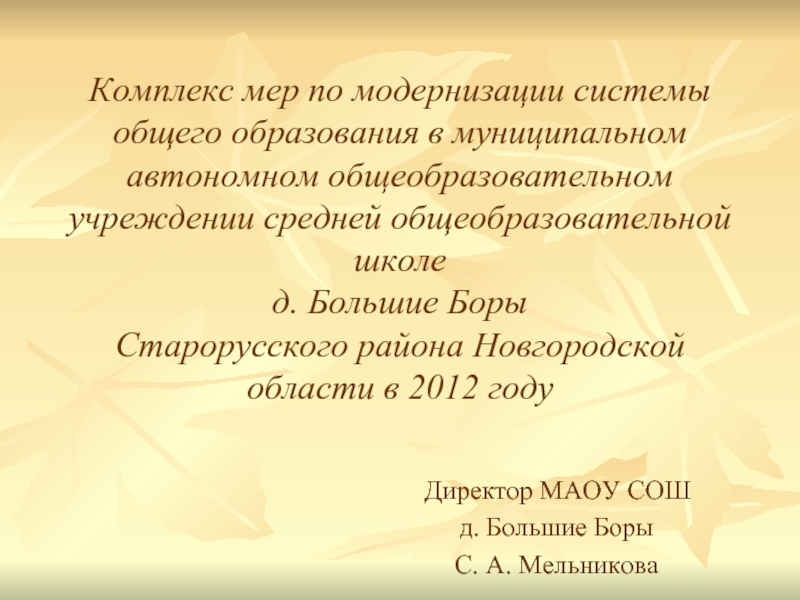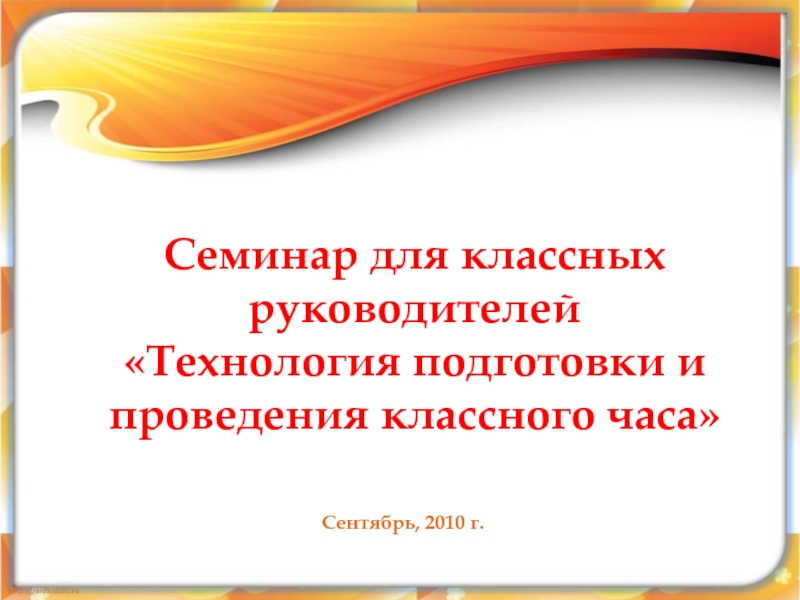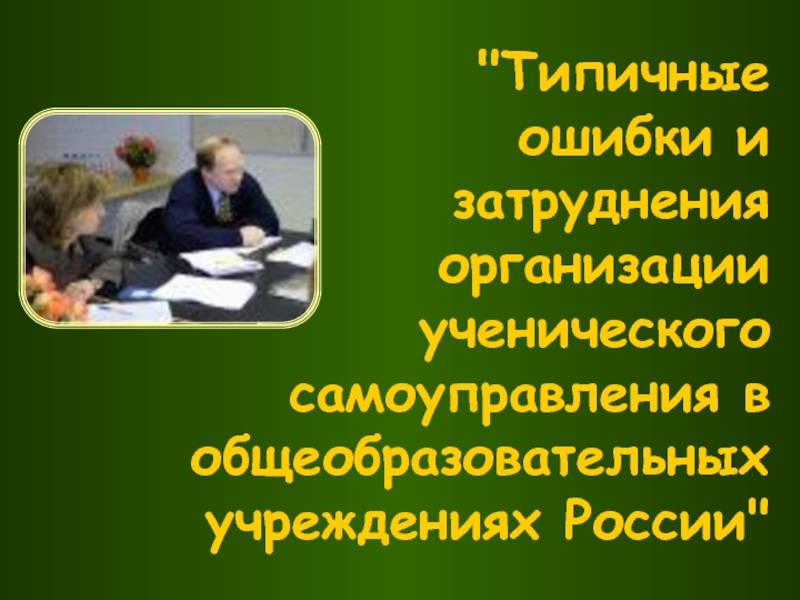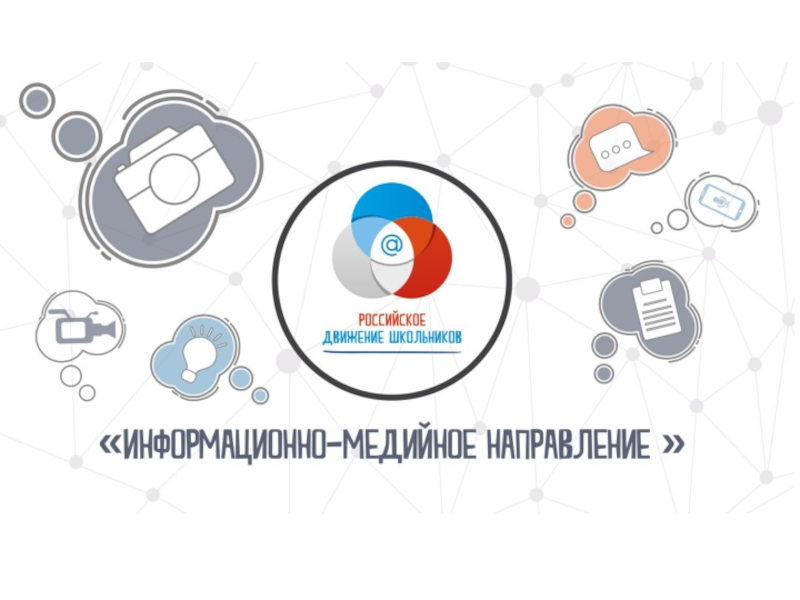- Главная
- Разное
- Дизайн
- Бизнес и предпринимательство
- Аналитика
- Образование
- Развлечения
- Красота и здоровье
- Финансы
- Государство
- Путешествия
- Спорт
- Недвижимость
- Армия
- Графика
- Культурология
- Еда и кулинария
- Лингвистика
- Английский язык
- Астрономия
- Алгебра
- Биология
- География
- Детские презентации
- Информатика
- История
- Литература
- Маркетинг
- Математика
- Медицина
- Менеджмент
- Музыка
- МХК
- Немецкий язык
- ОБЖ
- Обществознание
- Окружающий мир
- Педагогика
- Русский язык
- Технология
- Физика
- Философия
- Химия
- Шаблоны, картинки для презентаций
- Экология
- Экономика
- Юриспруденция
How Change HappensThe Openlab Change Model презентация
Содержание
- 1. How Change HappensThe Openlab Change Model
- 2. Galleries, Libraries, Archives, and Museums (GLAMs) have
- 3. And technology provides GLAMs with new opportunities
- 4. …But change is hard, and GLAMs struggle
- 5. Some institutions struggle to experiment and begin the process of digital engagement.
- 6. Others struggle to innovate and begin the process of digital transformation.
- 7. And others struggle to sustain innovation and deepen the impact of their programs.
- 8. Everyone struggles with disruption and change.
- 9. We’re often told that change takes time,
- 10. It’s difficult to predict what will drive
- 11. Pattern #1: Change flows Pattern #2: Top-down
- 12. Pattern #1: Change flows Change doesn’t happen
- 13. New ideas can come from anywhere.
- 14. And new ideas take root and grow
- 15. Innovative organizations are prepared to see, understand,
- 16. We’ve heard about this. We understand this.
- 17. Early adopters are influenced by the successes
- 18. Early majority organizations follow the early adopters.
- 19. Once you get the innovators, early adopters,
- 20. This is called an innovation adoption curve… C H A N G E
- 21. This is called an innovation adoption curve…
- 22. It’s not perfect, but it seems
- 23. Each group differs in its ability to
- 24. It’s important to work across the entire
- 25. This is not about the size of
- 26. To accelerate change using this model, first
- 27. Stuck here Then work to help the
- 28. Sometimes this area is called the chasm
- 29. But once you cross the chasm you’ve
- 30. Recommendation Use the innovation adoption model
- 31. Pattern #2: Top-down and bottom-up
- 32. Change is easier when the people at the top are leading it.
- 33. But in this day-and-age it’s not enough
- 34. Many visionaries and change makers are mid-career
- 35. Often, the best people are among our
- 36. And many smart creatives* are trapped at
- 37. Even directors and their boards need support.
- 38. To drive change across an industry, individuals
- 39. Recommendation To drive change, focus attention on
- 40. Pattern #3: Labs are an under-utilized resource
- 41. There are over 70 “labs” in the cultural industries.
- 42. These labs are vital, creative, and innovative, but they tend to work in isolation.
- 43. …And this undermines our ability to solve big problems and spread new ideas.
- 44. In addition, the cutting edge work of
- 45. Recommendation Bring labs together to network and
- 46. Pattern #4: Think big, start small, move fast
- 47. Big goals are important. Society needs
- 48. Big things are rarely achieved in one
- 49. …And while patience is a virtue and
- 50. Sometimes big goals are easier to accomplish
- 51. “Work on stuff that matters,” said Tim
- 52. Break big goals into small, manageable pieces.
- 53. But beware of incrementalism—small steps that feel
- 54. Speed—speed of decision making, speed of execution, speed of learning—is critical.
- 55. Recommendation “Work on stuff that matters.”
- 56. Pattern #5: Use the power of conveners
- 57. What should we work on? What’s important? What is even possible?
- 58. Conveners—organizations and individuals who bring people together
- 59. But many established conveners are tied down
- 60. New conveners are always emerging, but many struggle to reach established audiences at scale.
- 61. New kinds of conveners are needed who
- 62. Recommendation Build on the convening power and
- 63. Pattern #1: Change flows Pattern #2: Top-down
- 64. Thank you! Some pictograms © Khoon Lay
Слайд 1How Change Happens
The Openlab Change Model
Openlab Workshop
http://openlabworkshop.wikispaces.com
Washington, DC. December 1-2,
Michael Peter Edson @mpedson
CLIR/Open Knowledge
Слайд 2Galleries, Libraries, Archives, and Museums (GLAMs) have some of the most important
Put the tools of knowledge creation into more hands
Share the joy and meaning of artistic and cultural exploration
Deepen engagement with the challenges that face our species
* These slides apply to all cultural/memory/knowledge institutions - - and many other kinds of organizations as well
Слайд 3And technology provides GLAMs with new opportunities to dramatically increase the scale and
Слайд 9We’re often told that change takes time, and that things will be
But how much farther? Can we do something now to make change happen faster?
Слайд 10It’s difficult to predict what will drive change in an industry—or
Слайд 11Pattern #1: Change flows
Pattern #2: Top-down and bottom-up
Pattern #3: Labs are
Pattern #4: Think big, start small, move fast
Pattern #5: Use the power of conveners
The Openlab Change Model
Слайд 12Pattern #1: Change flows
Change doesn’t happen at the same time across
Слайд 14And new ideas take root and grow when organizations can see
We’ve heard about this.
We understand this.
We can do this.
We can test this.
We can adapt this.
We can see the effects of this.
We have a sense of urgency.
Слайд 15Innovative organizations are prepared to see, understand, and act upon new
We’ve heard about this.
We understand this.
We can do this.
We can test this.
We can adapt this.
We can see the effects of this.
We have a sense of urgency.
Слайд 16We’ve heard about this.
We understand this.
We can do this.
We can test
We can adapt this.
We can see the effects of this.
We have a sense of urgency.
They can see, understand, and act
because they have these capabilities.
Слайд 17Early adopters are influenced by the successes and failures of the
We’ve heard about this.
We understand this.
We can do this.
We can test this.
We can adapt this.
We can see the effects of this.
We have a sense of urgency.
Слайд 18Early majority organizations follow the early adopters. They need even more
We’ve heard about this.
We understand this.
We can do this.
We can test this.
We can adapt this.
We can see the effects of this.
We have a sense of urgency.
Слайд 19Once you get the innovators, early adopters, and early majority on
Слайд 22
It’s not perfect, but it seems to explain GLAMs
(and a lot
C H A N G E
Слайд 23Each group differs in its ability to see, understand, and act upon
Social connections with colleagues—We’ve heard about this
In-house knowledge and resources—We understand this and can do it
Idea fits with needs & systems—We can adapt this to our needs
Idea is conducive to prototyping—We can test this and see the results
A sense of urgency—this is perhaps the most critical factor!
Слайд 24It’s important to work across the entire spectrum to prepare each
C H A N G E
Develop social connections with colleagues | Build in-house knowledge and capacity
Foster a sense of urgency
Слайд 25This is not about the size of an organization. It’s about the
Слайд 26To accelerate change using this model, first figure out how far an
Stuck here
Слайд 27Stuck here
Then work to help the next cohort of organizations build
Apply
Resources
Here
Not
Here
(yet)
Слайд 28Sometimes this area is called the chasm because it’s notoriously difficult
Слайд 29But once you cross the chasm you’ve got half of all organizations
Слайд 30Recommendation
Use the innovation adoption model to invest
resources where they’ll have the
Increase everyone’s ability to see, understand, and act upon new ideas that are meaningful to their mission, context, and capacity.
Focus energy on driving change across the landscape.
Слайд 33But in this day-and-age it’s not enough to just lead from
Слайд 34Many visionaries and change makers are mid-career managers and practitioners: it’s
Слайд 35Often, the best people are among our ‘audience’— people who work outside
Слайд 36And many smart creatives* are trapped at the bottom of organizations, with
* A term used by Eric Schmidt and Jonathan Rosenberg in How Google Works (2015)
Слайд 38To drive change across an industry, individuals at all levels need to
Слайд 39Recommendation
To drive change, focus attention on the top (including board and
At each level, consistently recognize and celebrate the kinds of behaviors and outcomes you want to see more of.
Spread news of success, and pattern the behavior of top performers, whoever and wherever they are.
Train and communicate relentlessly at all levels, in small groups and at scale.
Слайд 44In addition, the cutting edge work of labs is not always
Слайд 45Recommendation
Bring labs together to network and
collaborate on shared goals.
Establish annual challenge/stretch
goals
Establish lab programs that directly serve the needs of small and mid-sized organizations— and raise the bar for established innovators.
Слайд 47Big goals are important. Society needs us to be successful, at
But how do big things get done?
Слайд 48Big things are rarely achieved in one giant step, but small, incremental
Слайд 49…And while patience is a virtue and some things do take
Слайд 50Sometimes big goals are easier to accomplish than small ones. Big
Слайд 51“Work on stuff that matters,” said Tim O’Reilly.
Do that, but do
http://radar.oreilly.com/2009/01/work-on-stuff-that-matters-fir.html
Слайд 52Break big goals into small, manageable pieces. Short-term, achievable goals aligned
Слайд 53But beware of incrementalism—small steps that feel like progress, but don’t add
Слайд 55Recommendation
“Work on stuff that matters.”
Break large, ambitious goals into smaller
sub-projects, and
Beware of incrementalism.
More on Think big, start small, move fast
http://www.slideshare.net/edsonm/think-big-start-small-move-fast
Слайд 58Conveners—organizations and individuals who bring people together around certain ideas—have a
Слайд 59But many established conveners are tied down with preexisting relationships, business
Слайд 60New conveners are always emerging, but many struggle to reach established
Слайд 61New kinds of conveners are needed who have the authority and
Слайд 62Recommendation
Build on the convening power and authority of established organizations.
Create new
Use the power of conveners to set an agenda and support change over the long term.
Слайд 63Pattern #1: Change flows
Pattern #2: Top-down and bottom-up
Pattern #3: Labs are
Pattern #4: Think big, start small, move fast
Pattern #5: Use the power of conveners
The Openlab Change Model
Слайд 64Thank you!
Some pictograms © Khoon Lay Gan, via: http://www.123rf.com/profile_leremy
(others are remix/mashup
The Openlab Workshop: http://openlabworkshop.wikispaces.com
